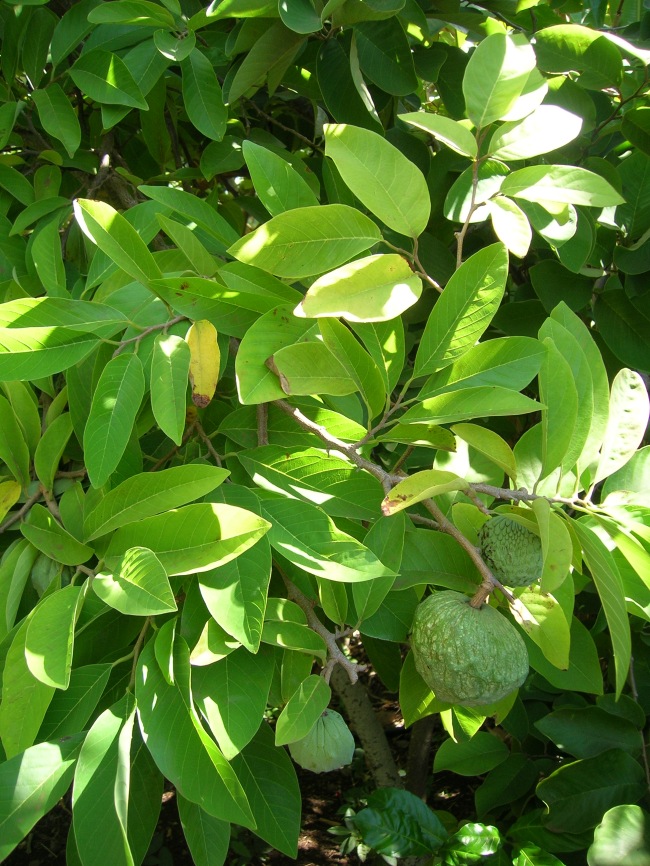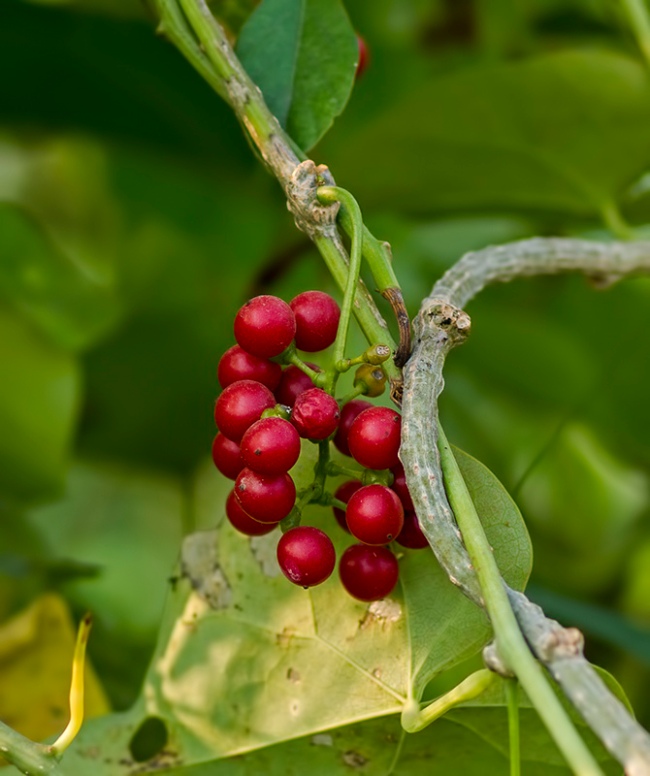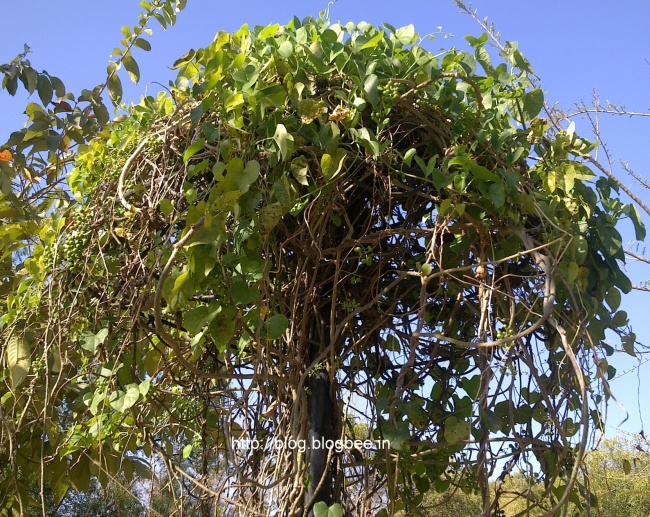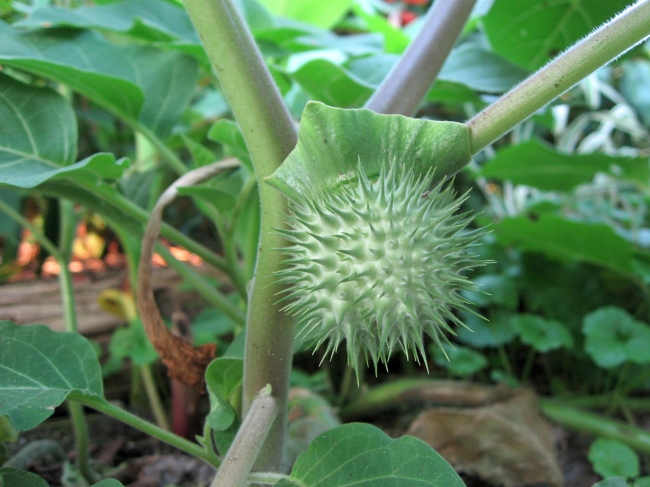unconventional uses for honey:

skin Moisturizer – Honey, when mixed with eggs and some flour, is an effective skin moisturizer. Best of all, it is gently formulated, so it can be used by people with sensitive skin. Mix four tablespoons of honey with a couple of egg whites and a few tablespoons of flour, depending on your desired consistency. Stir the mixture until it thickens. When the mixture is ready, you can use it as a hand and body lotion or a moisturizing face mask, eliminating the effects of dry skin.
Antiseptic – Hydrogen peroxide is a chemical used for cleaning wounds and helping them heal quickly. Honey happens to contain a good amount of the chemical. It only needs to be released by diluting the substance in water or body fluids. When applied on an open wound, the glucose, contained by honey, is diluted and gradually releases hydrogen peroxide. The substance facilitates your wound’s faster healing. Due to its viscous consistency, it also prevents wounds from sticking to the dressing and the appearance of scars.
Acne Remover – Honey might be a gentle skin moisturizer but it is certainly tough on acne. With constant exposure to the bee fluid, pimples eventually wither and fade. Apply a small amount of honey on the pimply regions of your face. Cover them with adhesive bandages. Soon, your zit attack will be nothing more than a distant memory.
Energy Booster – Why buy palpitation-inducing energy drinks when you already have honey? Mix honey with some water then drink the solution. Honey’s glucose content will be absorbed by the brain and in the bloodstream, reducing fatigue in the process. You’ll be healthy and quite happy just by consuming the simple solution.
Immune System Booster – Health buffs are known to drink a teaspoon of honey daily, along with their morning vitamins. Though still not scientifically proven, the daily consumption of honey is said to strengthen your immune system. You can give it a shot, you’ve got nothing to lose anyway.
Enhances Vitamin A – Vitamin A is the nutrient that fosters better eyesight, especially when consumed in significant quantities. If you mix items that are rich in Vitamin A with honey, the effects are slightly increased.
Improves Blood Flow – Honey, being rich in glucose, is known to improve the blood flow through the fortification of blood’s formation. Glucose provides energy in the bloodstream, which is distributed throughout the body. As a result, the blood produced has the proper consistency, flowing smoothly through the blood vessels. Glucose is believed to prevent capillary damage due to its ability to improve your blood flow.
Treatment for Sore Throat – Some people believe that honey is an even better treatment for coughs and colds than over-the-counter medicine. To create the sore throat-relieving serum, squeeze the juice from a lemon and mix it with some honey. Stir the mixture until both ingredients blend. Drink the solution. After a few moments, you will realize that your sore throat has been cured, or at least reduced. Just continue to make more rounds until you are finally free from colds.
Colon Damage Prevention – Colitis, a disease that damages the colon, induces much discomfort for the afflicted. You can minimize the effects of the disease if you drink some honey daily. The antioxidants found in honey is said to strengthen and improve the resistance of the colon. In addition, it is used in folk medicine as a means for curing colon-related conditions.
Parasite Remover – Honey, when mixed with vinegar and water, can remove worms and other parasites in your body. The combination of vinegar’s acidity and honey’s therapeutic components is more than enough to kill or expel bodily intruders. When you suspect that you have worms in your body, drink ample amounts of the solution regularly. The parasites might build a resistance if you don’t manage to get rid of them all as soon as possible. (More tips on how to get rid of parasites)
Remedy for Burns – A burn is not only painful, the marks also last for a good number of days before healing up. By applying honey on your burn, the hydrogen peroxide released cleans the wound and soothes the inflammation. As a result, the burn marks will heal in a few days with less pain. Use honey as a dressing for maximum results.
Antibacterial Solution – Bacteria and germs won’t survive when covered in honey, given its acidic pH balance and viscous base. The microorganisms will be trapped in the sticky acidic base, which is too abrasive for their exteriors, killing them off eventually. Apply honey on a wound, scratches or an inflamed region, in conjunction with an antiseptic. You’ll be astounded at how fast your injury heals after.
Relaxant for Anxiety and Nervousness – Anxiety and nervousness are the enemies of a healthy mind. Once both conditions swarm your thoughts, your actions are tantamount to produce negative results. Free yourself from any of the two states of mind by eating porridge mixed with honey. Honey’s nutrients produce a calming effect, especially when taken in significant amounts. No wonder some consider it a part of the breakfast of champions. Honey can also be mixed with a suitable beverage for a good night’s sleep.
Cancer and Heart Disease Prevention – Heart disease and cancer are diseases that have claimed the lives of millions of people. Both conditions have a multitude of causes, some of which are hard to identify. You must have some sort of protection from these diseases and that protection comes in the form of honey. Honey’s antioxidants prevent the formation of cancer cells and preserve the quality of the produced blood, preventing heart disease in the process. Though, engaging in acts that promote cancer, such as smoking and excessive drinking, will still trigger the diseases, so be watchful.
Diabetic Ulcer Remedy – Curing ulcer entirely is largely done by modern medical techniques. Though, you can speed up the healing process if you use honey as a topical solution. It’s ability to heal wounds will certainly come in handy when other ointments are not advised to use









